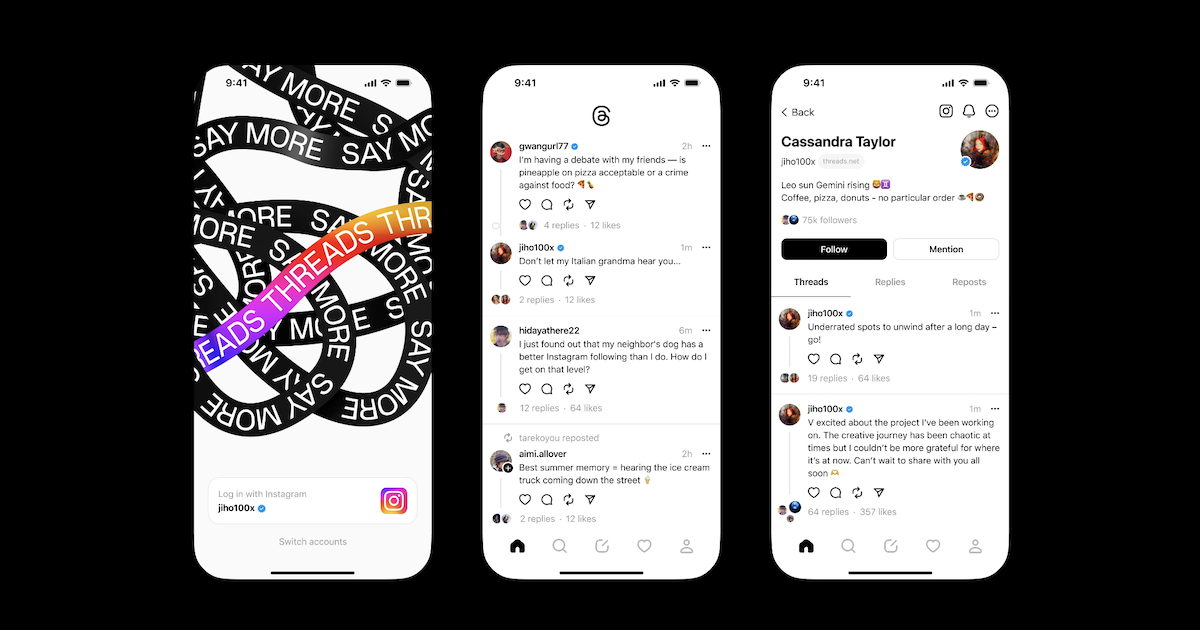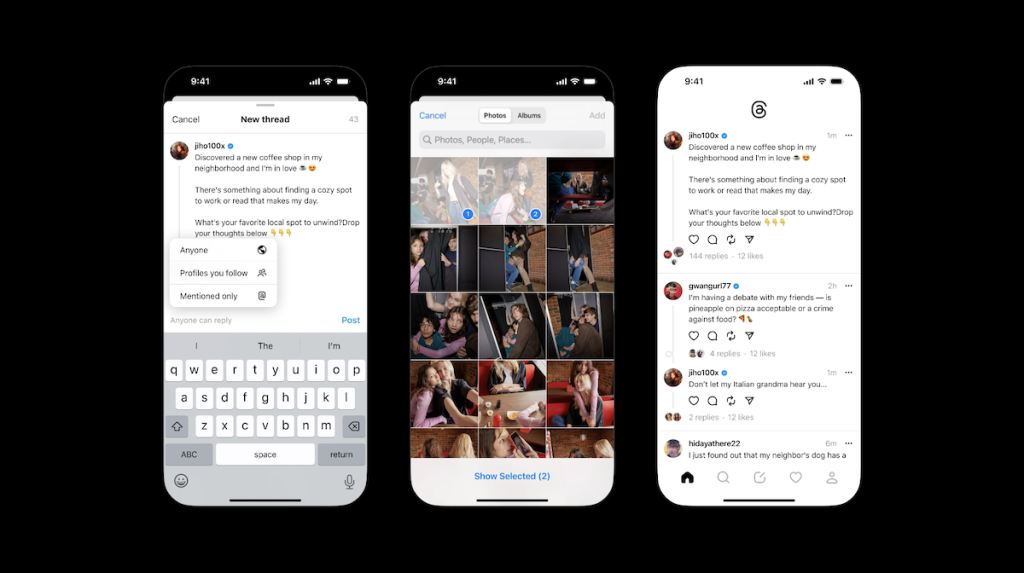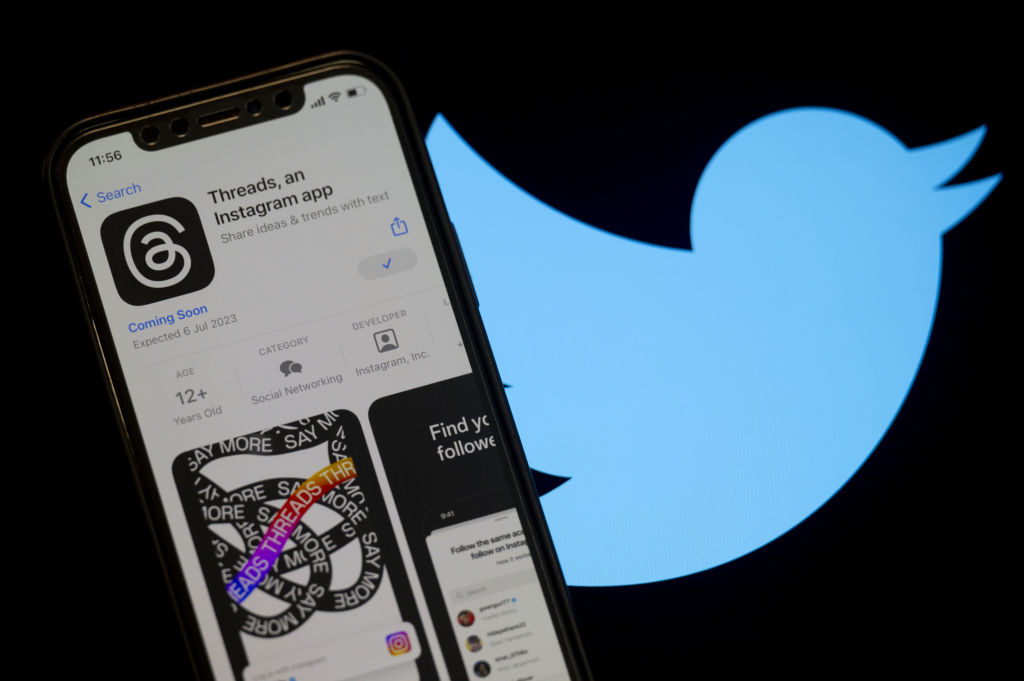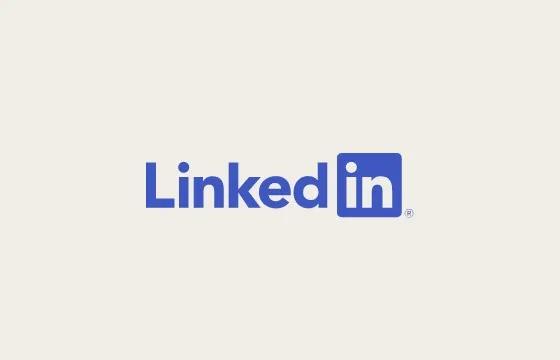Meta launches Threads as alternative to Twitter, and it’s now in S’pore: What you should know
The app functions similarly to Twitter, allowing users to post text-based content that can be liked, commented on, and shared.

Threads, Instagram’s highly anticipated Twitter rival, has finally launched in Singapore today (July 6) as part of a global rollout in over 100 countries, though its launch in Europe is delayed.
The app functions similarly to Twitter, allowing users to post text-based content that can be liked, commented on, and shared.
One of the key advantages Threads offers is the ability for users to follow the same accounts they follow on Instagram and maintain their existing username. This integration with Instagram, which is owned by Meta Platforms, aims to attract users who are dissatisfied with Twitter’s recent problems under the leadership of Elon Musk, who took over the social media service in 2022.
Twitter has faced backlash from users due to its loosening content moderation policies, the requirement of a monthly subscription fee to be labeled as an authentic account, and issues with site reliability. In response, Meta is seizing the opportunity to provide an alternative platform through Threads.
To generate buzz around the app’s launch, Instagram has been collaborating with celebrities and influencers for months.
How to use Threads
 Image Credit: Instagram
Image Credit: InstagramYou simply need log in to your Instagram account to start using Threads. When you sign up, your Instagram username and verification will seamlessly transfer, and you’ll have the option to personalise your profile specifically for Threads.
For individuals who are under 16 years old (or under 18 in certain countries), Threads automatically sets up a private profile upon joining. You have the freedom to follow the same accounts you do on Instagram, as well as connect with others who share similar interests.
Additionally, Threads incorporates essential accessibility features found on Instagram, including screen reader support and AI-generated image descriptions.
Your Threads feed consists of posts from people you follow, along with recommended content from new creators that you haven’t yet discovered. Each post can be up to 500 characters long and can include links, photos, and videos up to five minutes in duration.
Sharing a Threads post to your Instagram story or any other platform of your choice is incredibly straightforward, and you can also share your post as a link.
Ultimately, Threads aims to create a positive and creative space for users to express their ideas through text-based posts. It offers tools for positive and productive conversations, including the ability to control who can mention or reply to users’ threads. Safety measures and content moderation will be enforced based on Instagram’s Community Guidelines.
Meta has plans to make Threads compatible with the open social networking protocol ActivityPub, which would allow interoperability with other apps supporting the protocol, such as Mastodon and WordPress. This move toward decentralisation and interoperability is expected to foster innovation and provide users with more control over their audience.
Additionally, it’s looking to add new features to the app, including improved recommendations and a robust search function to enhance the user experience.
Threads vs Twitter: Will it ever replace the latter?
 Image Credit: Emin Sansar/Anadolu Agency via Getty Images
Image Credit: Emin Sansar/Anadolu Agency via Getty ImagesThreads definitely has the potential to compete with Twitter, but its success is not guaranteed. While Threads benefits from its ties to Instagram, offering a built-in user base and advertising apparatus, there are several factors to consider.
Firstly, the rivalry between Mark Zuckerberg and Elon Musk adds an intriguing element to the competition. However, the success of a platform ultimately depends on its user experience and ability to meet the needs of its target audience. While Threads may attract some users due to its association with Instagram, it remains to be seen whether it can provide a compelling alternative to Twitter’s news-oriented culture.
Twitter’s main strength lies in its ability to keep users updated on news and world events, which has cultivated a loyal user base. The culture and use cases of Twitter differ significantly from Instagram, which is a more visually focused platform. Users who rely on Twitter for news may be hesitant to switch to Threads, which emphasises conversation and creative expression.
Furthermore, Meta has had a mixed track record when it comes to launching standalone copycat apps. Previous attempts, such as the Lasso app aimed at competing with TikTok, have not gained significant traction. This history of failures raises doubts about the potential success of Threads.
Additionally, while there have been other competitors vying for Twitter’s user base, such as Mastodon, Post, Truth Social, and T2, they have not yet posed a significant threat due to their relatively small size. Even platforms backed by Twitter co-founder Jack Dorsey, such as Bluesky and Nostr, have yet to gain widespread adoption.
However, Meta does have the advantage of its vast resources and the ability to leverage its existing user base. If it can provide a compelling user experience, attract influential users, and effectively monetise the platform through advertising, Threads could potentially gain traction.
To rival Twitter’s size, Threads would need to convince only a fraction of Instagram’s user base to join. This is an achievable goal considering the popularity of Instagram and Meta’s ability to promote its new platform to its existing users.
Featured Image Credit: Instagram

 JimMin
JimMin 































